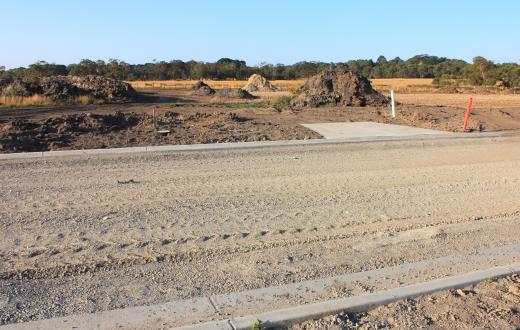A greenfield is an area of previously undeveloped land. People usually use the term in the context of land which is being considered for development, rather than in discussions about land which is being left undeveloped. There are a number of reasons people like to develop greenfield land, ranging from reduced costs associated with cleanup of previously developed sites to a desire to expand a city or village to areas which were not previously part of the city. Historically, many urban areas were surrounded by greenfields, because farmers grew close to the city to minimize the distance their products needed to travel.
Some greenfields have been involved in agricultural use, while others have been left largely wild. Parks left to nature or landscaped for aesthetics are also considered greenfields. In all cases, structures have not been built on the land, and the land has definitely not been used for industrial uses such as manufacturing, equipment repair, and so forth. This means that the land should be free from contamination unless contamination entered the site through polluted water and air.

On city maps, greenfields are often identified for the reference of city planners. The map may include notes about the type of greenfield, indicating whether it is an undeveloped lot, a park, an urban farm, and so forth. Brownfields, developed sites which have been abandoned, are also identified. This information can be used to determine when annexation of property near a city would be appropriate, and to identify areas within a city which could benefit from development and investment.

From the perspective of a developer, a greenfield has tremendous potential. The developer does not need to worry about environmental cleanup to deal with contamination, and it is also not limited by restrictions such as historical buildings which may need to be preserved. For developers creating planned communities, this type of land may be preferred because it is a blank slate, allowing the developer to realize plans from the ground up and to build the entire development all at once.

Undeveloped land targeted by developers may become a contentious topic in a community. Some cities and communities push for density, preferring to see new development on existing land within city limits, which means that they would prefer to see contaminated brownfields in the city cleaned up and used before greenfields outside the city are developed. Community organizations may lobby to protect greenfields to create a greenbelt, to preserve traditional farming practices, or to preserve an open space for recreation and general enjoyment.
Ever since she began contributing to the site several years ago, Mary has embraced the exciting challenge of being a About Mechanics researcher and writer. Mary has a liberal arts degree from Goddard College and spends her free time reading, cooking, and exploring the great outdoors.

